Green energy: How powering Northern Ireland has changed
- Published
- comments
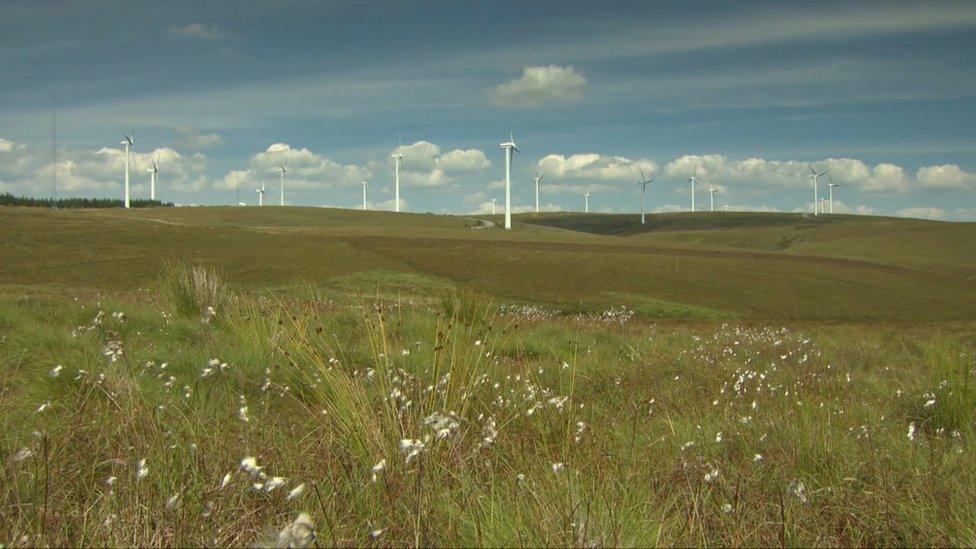
A new energy strategy for Northern Ireland is expected soon, but how we are powered has already changed enormously in the last two decades.
We now get almost half (46.4%) our electricity from renewable sources - mostly generated from wind.
But while we have plenty of wind, thanks to where we are on the planet, it has its drawbacks.
"Wind is unpredictable," said Terry Waugh, chief executive of Action Renewables.
"It fluctuates and that presents difficulties for the network. The network is a static system - it's trying to become dynamic.
"It hasn't got there yet but it will get there.
"Once it's become dynamic the fluctuation of the wind won't be as important but for now, we need to focus on increasing the other sources of renewables which don't fluctuate."
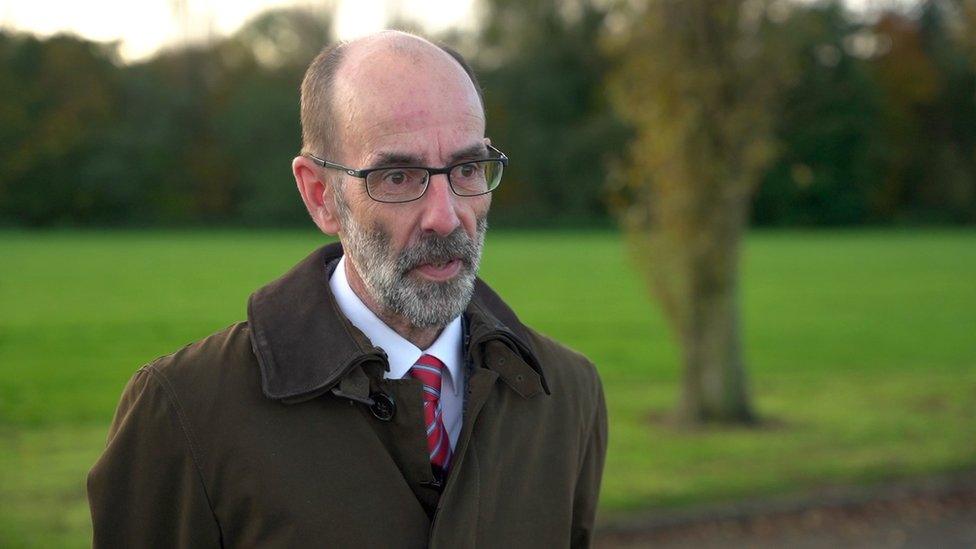
The chief executive of Action Renewables, Terry Waugh
When the wind doesn't blow, and the sun doesn't shine, the gap is still filled by fossil fuels - and unlike wind, Northern Ireland has no oil or gas of its own to rely on.
"We do import our gas, from a pipeline across from Scotland, and we import coal from various places around the world as well," said Colin Broomfield, director of wholesale markets at the Utility Regulator.
"So we are exposed to global markets."
That exposure has seen prices rising recently for the consumer. It is a vulnerability in the system.
And when demand is low, some of our renewable power-generating wind turbines get switched off - that's because the grid can't absorb the electricity, and it can't be stored.
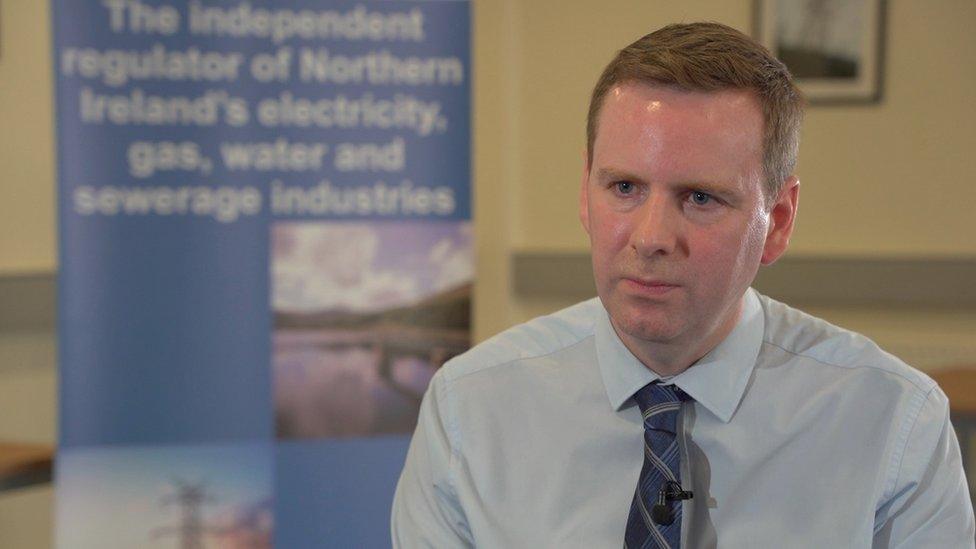
Colin Broomfield, from the Utility Regulator, says storage will become more important in the future
"Storage will become more important in the future," Colin Broomfield said.
"There might be a role for the likes of technologies, such as hydrogen."
That's because hydrogen can be stored. It can also be generated cheaply and cleanly - a point NI Water, our biggest consumer of electricity, is out to prove.
After a successful small-scale pilot project at Kinnegar, in County Down, it is about to install a large electrolyser at its Belfast wastewater treatment works.
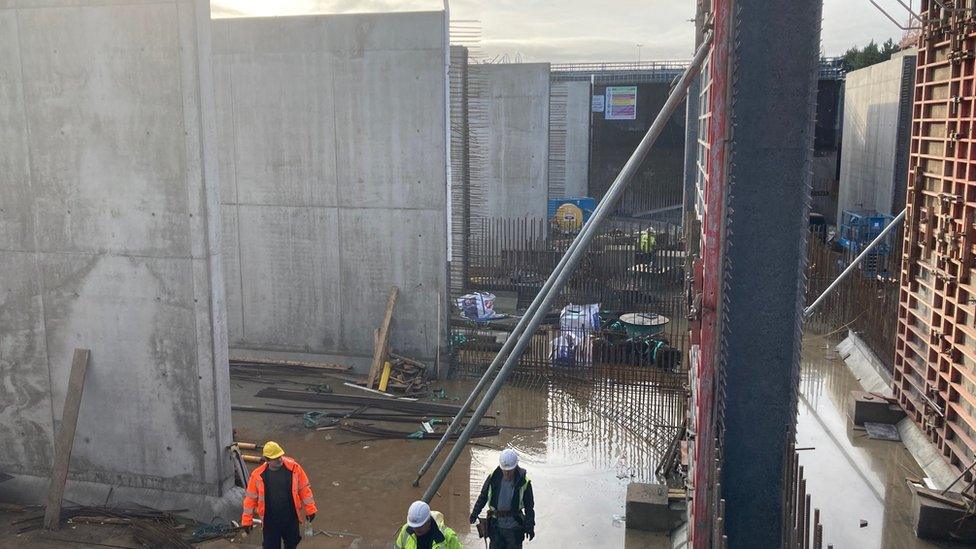
NI Water can use an electrolyser to treat waste products more efficiently
An electrolyser is a piece of machinery that splits the wastewater into oxygen - which NI Water can use to treat waste products more efficiently - and hydrogen - which has many potential uses.
"So in five years' time, it would be fantastic to see how we're using only green electricity," said Alistair Jinks, the head of Business Services at NI Water.
"How we're using it to provide more oxygen to be able to treat wastewater, to be able to supply public transport and vehicles with green hydrogen to wean them off diesel, and for that income to flow back to the wind farm investors that we're going to need in the future to expand the renewable capacity to generate electricity in Northern Ireland."
'Not a silver bullet'
While hydrogen has potential, Matt Rooney from the Institution of Engineers says it is not the silver bullet.
"It's not the answer to all of our problems but it is particularly useful because it can be used across the energy system.
"It could be used, for example, to replace our natural gas power stations so using low carbon electricity.
"It could be used in buses or trains. It could be used to decarbonise heavy industry to produce steel for example.
"So, hydrogen is interesting because it can be used across the energy system, but it's not a silver bullet."
The grid operator, SONI, has already published its vision for the future of power provision in Northern Ireland, saying it needs investment to deliver on the dream of reducing carbon from power generation by as much as 70% by 2030.
But unlike wind, money is in short supply.
- Published6 November 2021
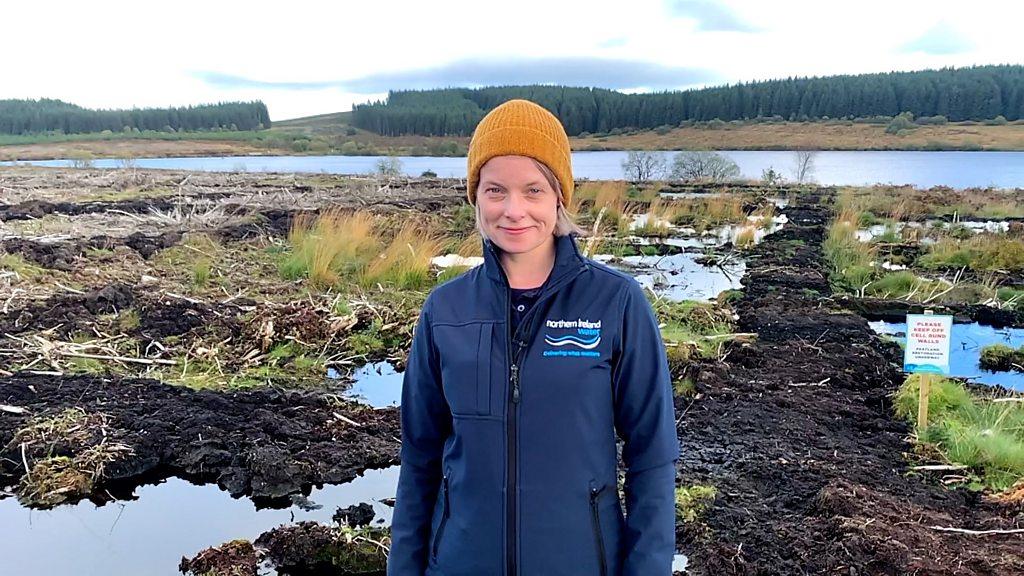
- Published30 October 2021
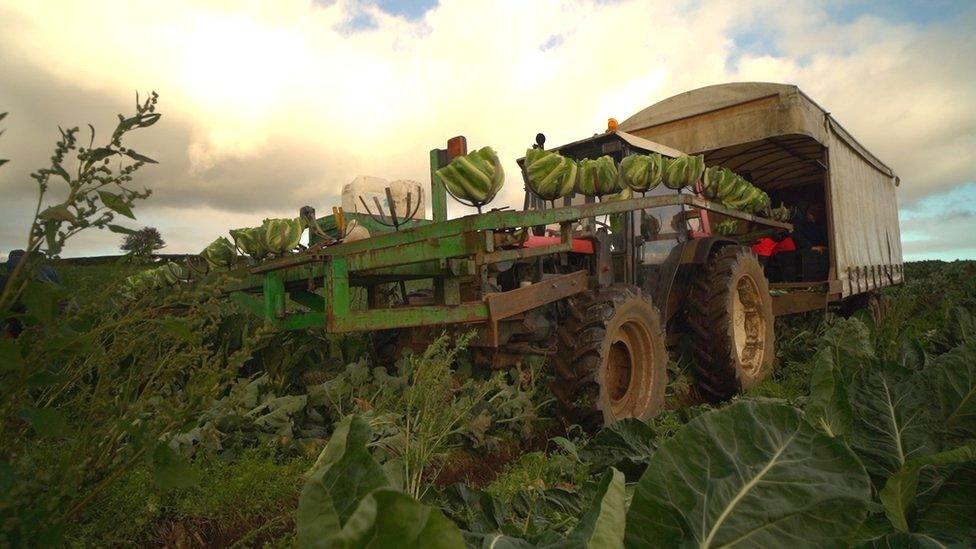
- Published12 November 2021
